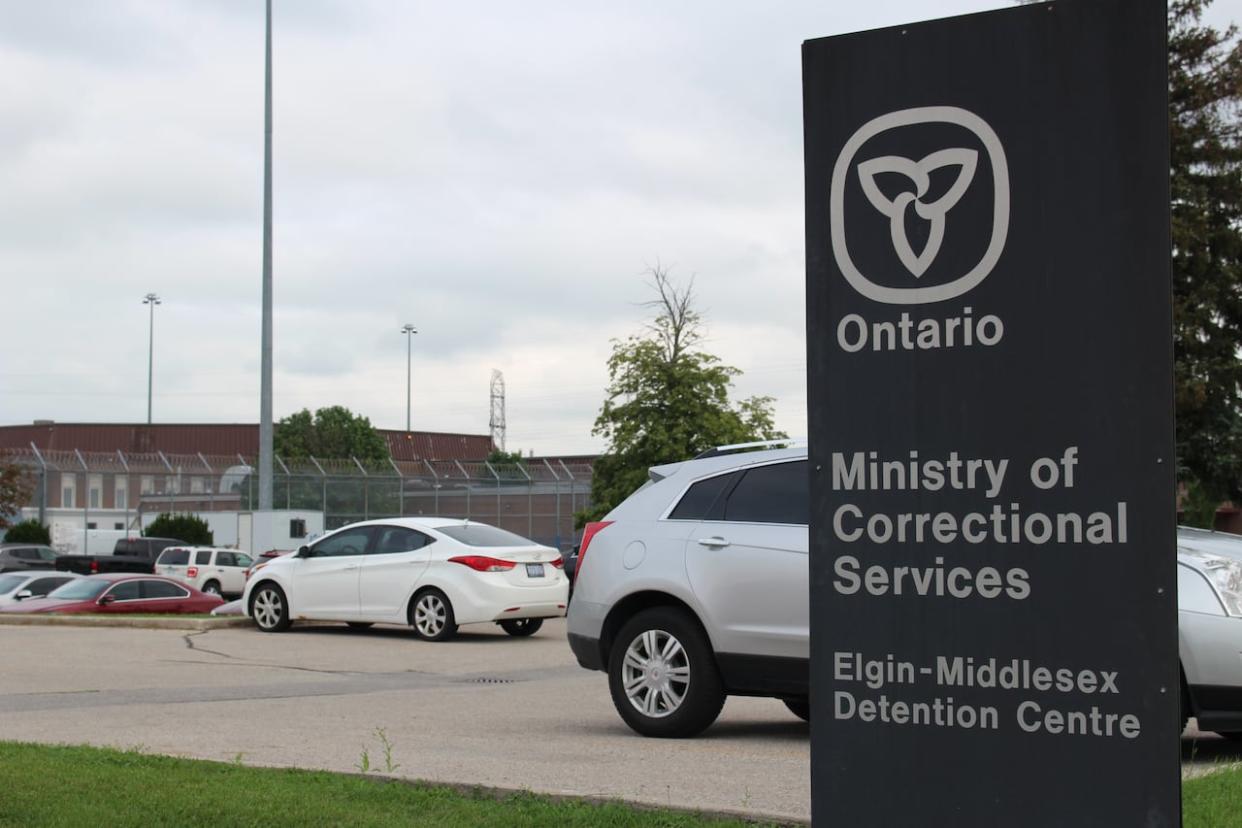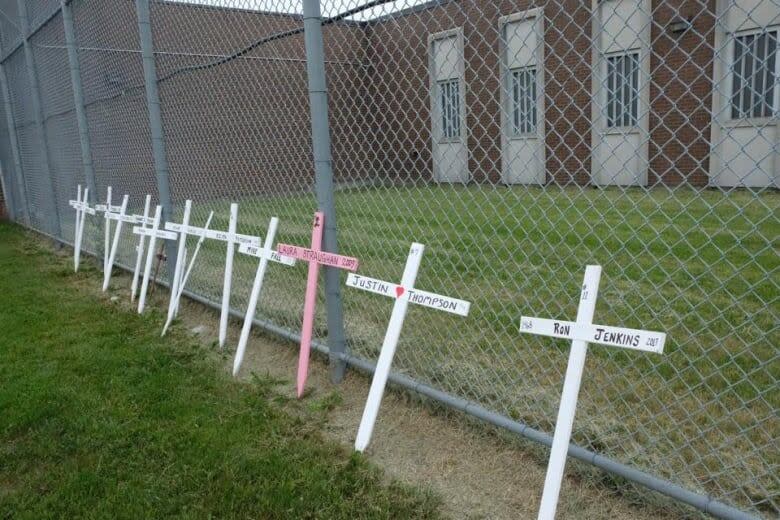Ontario adding hundreds of inmate beds to address overcrowded jails

The Ontario government has unveiled plans to add hundreds of beds to its overloaded corrections system by reopening intermittent detention centres at jails in London and Toronto, and hiring up to 200 new correctional staff.
The move aims to address issues of overcrowding at Ontario jails, a majority of which were over capacity in 2023, according to a recent Canadian Press report.
At Elgin-Middlesex Detention Centre (EMDC) in London and Toronto South Detention Centre, the province said it would repurpose and reopen intermittent detention centres at the facilities for minimum- and medium-risk inmates.
The move will add up to 430 beds by 2026, the province says.
Elsewhere, the Quinte Detention Centre in Napanee will be expanded to add inmate programming and female capacity, including 18 new beds, the province said.
The planned Brockville Correctional Complex, one of two new jails the government is building in eastern Ontario, will also see its capacity more than doubled with 184 additional beds, according to the announcement.
More than 200 additional corrections staff will be hired to support the capacity increases, "which could include nurses, correctional officers, and support staff," the province said.
I don't see anything in this announcement suggesting they're going to do something about actually helping the prisoners to rehabilitate and reintegrate - Kevin Egan, criminal defence lawyer
Premier Doug Ford pledged in March to build more jails to deal with an influx of inmates, the vast majority of whom are innocent and awaiting trial.
Numbers obtained by The Canadian Press found that, overall, Ontario jails were operating at 113 per cent capacity as of Sept. 30, 2023, with an average of 8,889 people incarcerated, well over the 7,848 person capacity.
Maplehurt Correction Complex in Milton was the most overcrowded, operating at 134 per cent capacity in 2023, followed by EMDC at 133 per cent capacity.
The London facility, with an operational capacity of 353, was housing an average of 471 inmates, the report said. The jail has seen 22 inmate deaths since 2009, most recently in February. Last month, coroner's inquests were announced into eight deaths spanning 2017 to 2021.
Juries overseeing previous inquests, including the most recent inquest, held in late 2022 into the death of Murray James Davis, 24, in August 2017, have recommended EMDC be demolished and rebuilt — a call echoed by the union representing its correctional officers.
Conditions at EMDC, described as "dehumanizing" and "antithetical to rehabilitation and reintegration," by Ontario's former human rights commissioner, led to a class action against the province by EMDC inmates housed between 2011 and 2021.
In September, the Ontario Superior Court of Justice approved at $32.8 million settlement in the suit, which had alleged Ontario's operation of EMDC violated inmate Charter rights.

Crosses rest against a fence at London's Elgin-Middlesex Detention Centre in 2019 with the names of inmates who have died at the jail. (Hala Ghonaim/CBC)
"They've created more warehouse space, but I don't see anything in this announcement suggesting they're going to do something about actually helping the prisoners to rehabilitate and reintegrate," said London-based lawyer Kevin Egan, who was counsel on the class action while at McKenzie Lake, and who now runs his own practice.
"There's nothing here that suggests they're going to invest in programming or other initiatives that might assist someone in getting their life back on track and reintegrating, and frankly, that's supposed to be their function."
Egan said a positive aspect was that the beds would be for minimum-risk inmates, keeping them away from high-risk inmates in general population. However, he noted letting them serve in the community would be much less expensive.
Cassandra DeMelo, a London defence lawyer, said a worry she has is that the focus has been on how to better jail more people, rather than keeping people out of jail in the first place
"The reality is, I just don't think that opening up the weekend facility and putting more people in there is the fix." There are still many issues with the main jail, both with the building and how inmates are housed, she said.
Constructed in 1977 for 150 inmates, EMDC's capacity has grown with retrofits over the decades. DeMelo said the building suffers from mould, and staffing issues have led to regular inmate lockdowns.
"I think they find it difficult to do their work, which in turn, creates HR issues, which in turn, creates (fewer) people coming into work, even if they are on staff, which then turns into lockdowns for our clients," she said.
"Adding staff is, I think, probably the best thing that they can do in terms of trying to address some of these issues. But there's also a cultural change that needs to happen."


